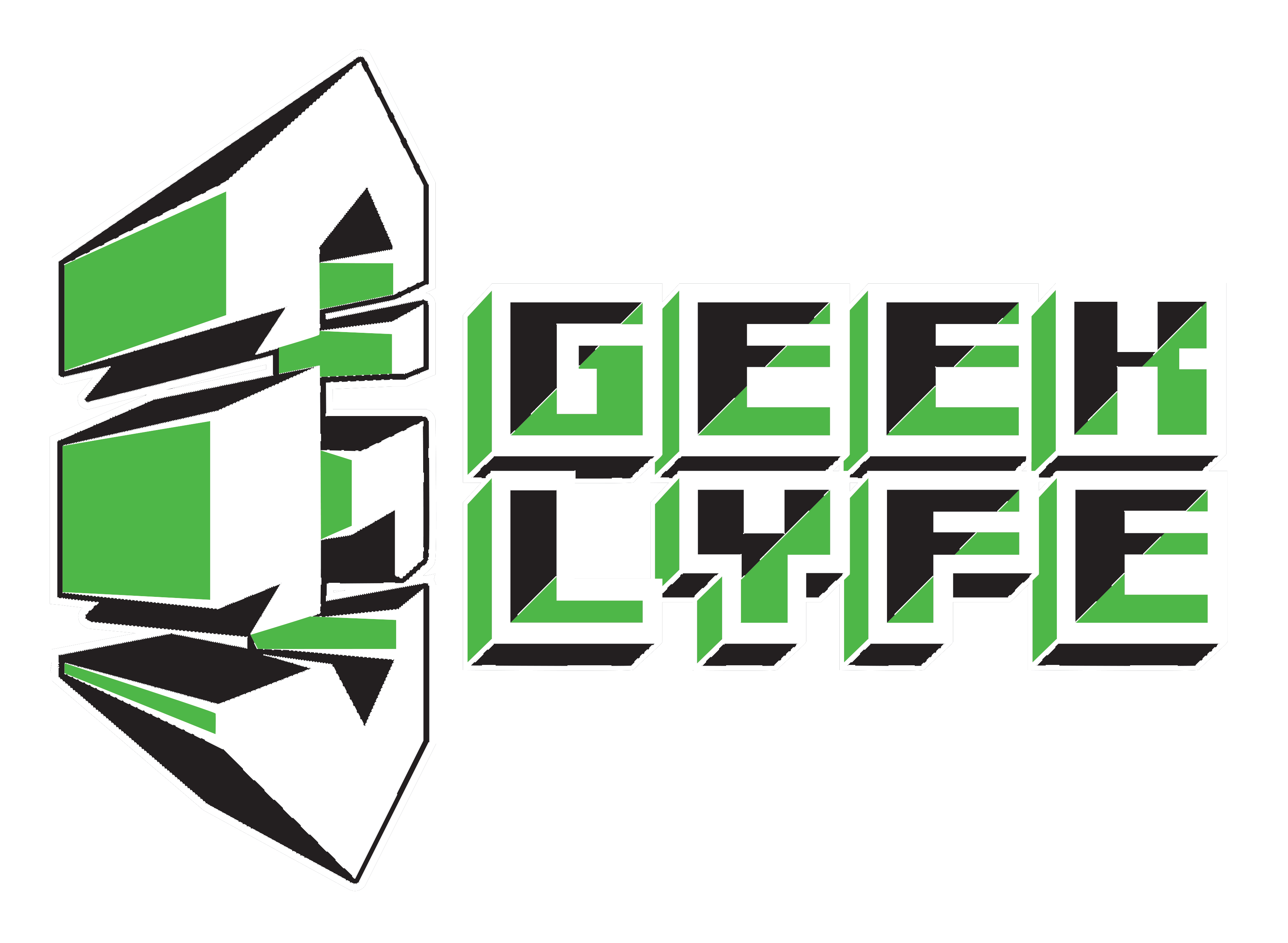How to Get Started with Cosplay: Planning

Now that you’ve done all your research to get started on your cosplay, what’s next? There are so many different ways to tackle the same task, so how do you choose what to do and where to start?I’m going to share my process for cosplay planning: how I decide the answer for each piece, and how I get going on that road to a completed costume!

Sketches of parts of costumes I was altering from the reference, or trying to solve where it would break apart. I did end up changing things for Graves’s gun, but these early sketches helped me get to a solid plan.
My next main step after extensive research is to evaluate which pieces can be purchased easily versus making it myself. At this point in the process I begin drafting up plans and sketching out the costume by hand. This helps a lot for visualizing each piece individually, and knowing what I’m looking for. For example, most costumes I’m going to end up buying shoes specifically for the costume if I don’t have something that already works well for it. I also try to identify other pieces that should be bought, and try to get all of that out of the way. For Jandice, I needed to buy the book, shoes, a garter belt, and thigh-high stockings as those were all things I couldn’t make myself or wouldn’t have been worth trying to make. For Graves, I bought the shirt, pants, and shoes. Almost every costume of mine has required a wig as well, and that needs to be researched and purchased too.

I ended up getting a different shirt and different pants, but throwing it all on together helped me be sure I had the color and texture of each piece right. The ‘cape’ was just a pile of fabric at this point too!
If you’re cosplaying something from a very popular game or anime series, it is very possible that the entire costume can be bought online. I’ve yet to buy a cosplay, but I know very many people do so with great results. This often allows you to relax and only make minor alterations to a costume, but it still requires a lot of research. A lot of the same research principles can apply to buying an entire costume as buying individual pieces and materials for a created costume.
These may seem like easy tasks, but the process here is actually quite involved. I usually hit up thrift stores first to see if there is anything there that meets my needs, since that is the most cost effective option. This is particularly helpful for shoes, but it’s entirely possible that this step of the search turns up nothing. It all depends on how perfect you want the item to be for your costume. Usually my next step for shoes is a site like Amiclubwear which has been awesome for finding unusual types of footwear that may end up perfect for your costume. Amazon is also a great resource for finding just the right item, as my Graves shirt and gray jeans both came from a lot of searching there, and shoes for other costumes have been found very affordably through Amazon as well. Wigs have their own huge list of websites and differences in materials, but the majority of mine are from Arda Wigs. At the end of the article, I’ll provide links to all my favorite and other community recommended sites for materials as well as odds and ends you may need for your costume.

Amiclubwear.com has a huge variety of shoes available for very affordable prices, especially unusual kinds of boots!
Once I’ve narrowed down the easily bought items, I usually start considering the pieces I will be making. Is there potential for alteration of a regular item for any of these? I’m very picky with my costumes, so it’s rare that I end up just altering an item and I prefer to make most things from scratch. I make my fabric decisions and get a good idea in my head of the texture and weight of fabrics and armor style for the character, and try to make sure I have a clear picture in my mind of the final product.

My Tempest of Chaos was scaled to a fairly large size and added length on the handle so that when standing, I could rest it on the ground. I printed it out and transferred to cardboard to make sure I would be happy with the size. Tip: Trace just the outside lines before printing instead of wasting all of your parent’s printer toner!
For most costumes, sizing will be pretty easy to figure out. The character’s skirt goes to mid-thigh, and you’ll just need to make your skirt land about the same on you. Easy! Often Googling things can lead you to good approximation of how many yards of fabric you’ll need. With armor and props though, it can be very easy to get into issues with planning the scale of items. The character’s weapon may be bigger than they are, which is common in video games like League of Legends and World of Warcraft especially, but that doesn’t really work for you. You want it to not be so big you can’t carry or wield it appropriately, but not so small it looks out of place. Choosing your scale for the prop will also often determine just how much material you need to buy, so it is important to do this sometime early in your planning.

Some pictures of my swatches and potential fabrics for costumes. A mistake I made with Jandice was not matching the fabric to my paint properly the first time, and I ended up buying entirely new silver fabric. One of the blue fabrics I was considering for Star Guardian Poppy started looking almost gray in flash pictures. Always remember to take a picture with flash!!!
It can be difficult to just look at fabric online and make a decision. I try to go to a local discount fabric store like SAS Fabrics first to look and touch all kinds of fabrics and get a better idea. I also try to take multiple pictures of the fabric to see what it looks like with various settings. Always take a picture with flash! Some fabrics can look completely different with different lighting! If you find the fabric at a store like SAS, it can be difficult to find it again if you need more fabric, so I’d suggest having an estimate ahead of time of how much fabric you need and buying a little bit extra to account for mistakes. If you can’t find it at any fabric store in person, I have had great luck with fabric.com. I always do swatches first to make sure the fabric is exactly what I want. The benefit of ordering from fabric.com or another site is the ability to buy more fabric if you need it. I made a mistake when remaking my Jandice “buttcape”, and thankfully I could order more of the same fabric so it wasn’t a complete disaster.
Once you’ve got the soft parts of the costume sorted out, you can begin evaluating how you’ll tackle the armor or prop. As you may have noticed in your research, the kinds of materials used here are nearly endless. Incredible armor can be made with cardboard even. The main things to consider with your material choice are price, durability, and comfort. Also keep in mind your deadline and the availability of materials; that fancy material does nothing for you if it won’t arrive soon enough for your deadline.

The final scaling and break apart points for Graves’s gun, Destiny. Due to the size of the prop, I knew Worbla was out of the question since it’d be too heavy. I used almost exclusively TNT Cosplay Supply foam to construct it.
Every material will have drawbacks and advantages. EVA and craft foam are great as they are a cheaper material and can be excellent for learning. Thicker foam generally requires use of contact cement which needs to be used in a well ventilated area, and for more advanced costumes foam will require a rotary tool for detailing. This can be difficult if you find yourself with a limited work space. Foam also comes in a lot of various thicknesses, and is extremely versatile. It will be needed for almost all costumes regardless of your other material choices.
Personally, I use a lot of Worbla which can be expensive, heavy, and if made incorrectly, very uncomfortable. The advantage is that the material tends to be very forgiving of mistakes and can be reheated again and again to reshape a piece, and once cooled is very sturdy. Scraps can all be reheated and reused for detailing or rolled back out into sheets. There are a lot of misconceptions about use of Worbla in Arizona considering the intense heat we experience in the summer. I can assure you that if it’s hot enough to make your Worbla start to get soft, you’ll probably be in much worse shape and need to seek refuge from the heat before any real damage is done to you long before your armor starts to give.
With materials gathered, some rough ideas in my head, and some sketches done, I try to break down the cosplay into a checklist as my final step before crafting. It helps to know what parts you need to make, and start thinking about the order in which you’ll make them. There are lots of different ways to keep track of these checklists, but my personal preference is either Google sheets so I can access them from multiple computers, or Google Keep for lists strictly on my phone. Other alternatives include the app Cosplanner, which has great tools but does also feature a subscription plan for additional options.
If you have any sites you’d recommend, please contact me or leave a comment so I can add it to the list!

My current to-do lists! And that’s not even including the 3rd and maybe 4th costumes for this year, haha!
Materials sites:
Wigs:
Fabric:
Foams:
- TNT Cosplay Supply
- EVA Foam Floor Mat – Can be found many different places but most affordably at Harbor Freight or Costco in my experience.
- 2mm Craft Foam – Also available in many places and in smaller sheets or larger rolls.
Thermoplastics:
- Cosplay Supplies
- Athoria Games – Phoenix area supplier.
Miscellaneous:
- Adafruit – Electronics, lights, tutorials, etc.
- Empat Manufacturing II eBay – Excellent pre-wired LEDs.
- Amiclubwear – Shoes, dresses, etc.
- We Love Colors – Tights, leggings, dancewear. Excellent opaque tights in a huge range of colors and patterns.
- PinkyParadise – Colored contacts.
The next and final article of this series will cover actually getting down to crafting: from which area to start on, how to time budget, patterns, and more! If you have any questions, please feel free to contact me on any of my social media accounts:
Twitter / Instagram / Facebook
Or stop by on Twitch! I frequently stream my own cosplay work and I am always happy to answer questions.
Good luck, and happy crafting!
Cosplayer, gamer, streamer, procrastinator.
Raid leader of the official Geek Lyfe World of Warcraft guild, Emerald Templars on Wyrmrest Accord.





Habib
I really enjoyed your blog post about getting started with cosplay. It was very informative and I loved all the different advice from you and the other cosplayers. I love that you also include a list of things you did to get started!